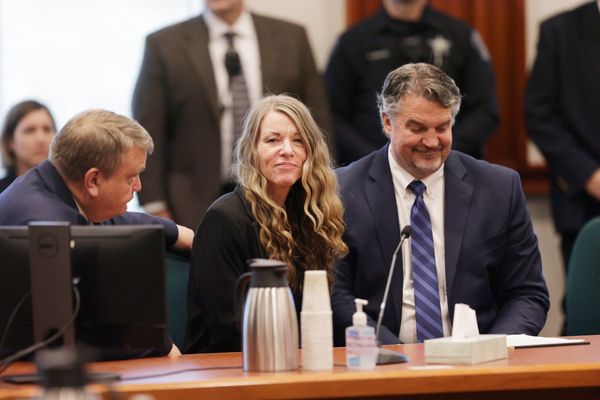
Burning wood is a terrible way of producing electricity. Chopping down trees destroys habitats for wildlife, and growing new trees cannot replace the biodiversity of old-growth forests. There is also a decades-long time lag between the carbon dioxide released from the burning, which fuels the climate crisis now, and the uptake of equivalent carbon from the air by replacement trees.
So when the government announced on Monday that it would continue billpayer subsidies for biomass burning at the Drax power station, beyond 2027 when the current payments end, the news appeared a blow to green campaigners.
Coming on the back of government support for a third runway at Heathrow, an intense row over the future of the North Sea that could result in the go-ahead for a vast new oilfield, and delay to regulations that would require landlords to make rental homes more energy-efficient, the Drax decision was the latest in a series of key tests of Labour’s green intentions.
“People have started doubting this government’s commitment to the environment. More subsidies for Drax only adds fuel to those growing doubts,” said Matt Williams, senior advocate for the Natural Resources Defence Council. “This means more destruction of the world’s forests and the climate. Every single tree burned in a UK power station is one tree too many.”
Chris Packham, the wildlife campaigner, criticised the decision as “nothing short of absolute madness”.
Other experts took a softer view, however. Drax will be hard to replace and the settlement announced on Monday halves its subsidies, limits them to four years, and imposes stringent new conditions on the sustainability of its operations. “Its legacy is high emissions and forest destruction and the sooner Drax is closed down the better,” said Ed Matthew, campaigns director at the E3G thinktank. “This temporary lifeline doesn’t hide the fact that its green credentials lie in tatters, and halving its subsidy is a firm vote of no confidence. Drax’s days are numbered.”
Once the biggest coal-fired power station in the UK, the Drax power plant in Yorkshire completed its switch to biomass in 2018, in return for an estimated £11bn in subsidies, on a promise of environmental sustainability that soon rang hollow. The company has been found to have misreported data on its wood sourcing, and has fought to keep secret a report that could betray its eligibility for billpayer subsidies.
But Drax also provides a hefty slice of the UK’s electricity, somewhere between 4% and 6% of overall power, or about 8% of the “low-carbon” output. It can also generate baseload electricity when the wind is not blowing and the sun not shining.
Will Gardner, the chief executive of Drax, said: “Drax can step in to increase generation when there is not enough electricity, helping to avoid the need to burn more gas or import power from Europe, and when there is too much electricity on the UK grid, Drax can turn down and help to balance the system. The size, flexibility and location of the power station makes it important for UK energy security and the proposed agreement helps protect the jobs and skills of today and the future.”
Although experts have shown that the UK could meet its target of decarbonising electricity by 2030 without Drax, that “could” rests on many ifs: that new offshore and onshore wind, and the grids upgrades they require, are built fast; that electricity storage options are installed in time; that demand management, for instance through smart metering, is rolled out imminently.
“It would be a brave decision to cut off Drax in 2027 [when its current subsidies run out],” conceded Doug Parr, the chief scientist of Greenpeace. He is firmly opposed to biomass for power, but acknowledges that the government faced the possibility of power shortages if replacement green generation could not be built in time. “There is a potential capacity issue that you might be able to solve without Drax, but might not.”
He said the new settlement was “not perfect, but it could have been a lot worse”.
Other green analysts agree. Frankie Mayo, of the Ember thinktank, said: “This is good news for consumers, and bad news for Drax. The new subsidies end after four years, are much lower than previously enjoyed, and with far more restrictions. This is one way to reduce consumer bills; in the long term it is important that the government forges ahead with building a modern power system to bring down costs for households for good.”
Labour now faces further crunch decisions. The forthcoming comprehensive spending review is likely to be disappointing, as reaching net zero requires some upfront spending of the kind the chancellor, Rachel Reeves, seems set against. There is clamour for more spending on roads, airports and other high-carbon infrastructure that it is claimed will produce jobs and growth. Most controversial of all is the future of the Rosebank oilfield, which some within government are understood to want to go ahead, despite having pledged to end new oil and gas licensing.
“There is a ‘growth is king, growth at all costs’ narrative,” said Parr. “There is a fight going on inside government. But this [Drax decision] is not a gung-ho deregulatory decision. It shows that we can get better outcomes. There is everything to play for.”







